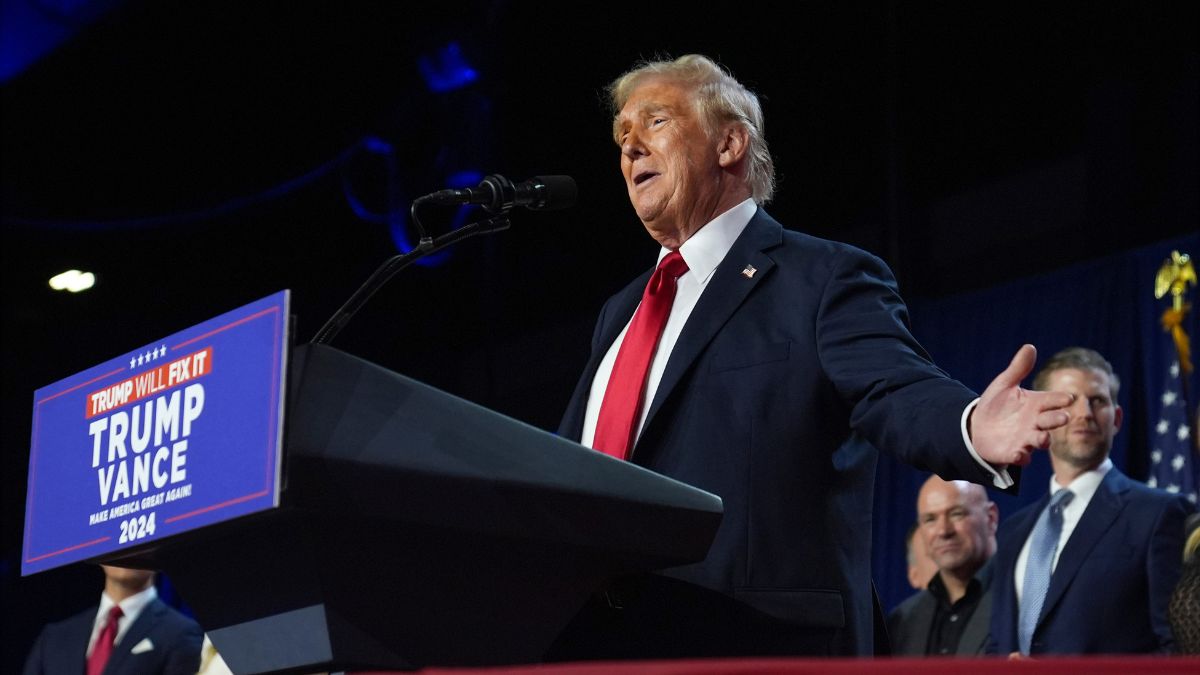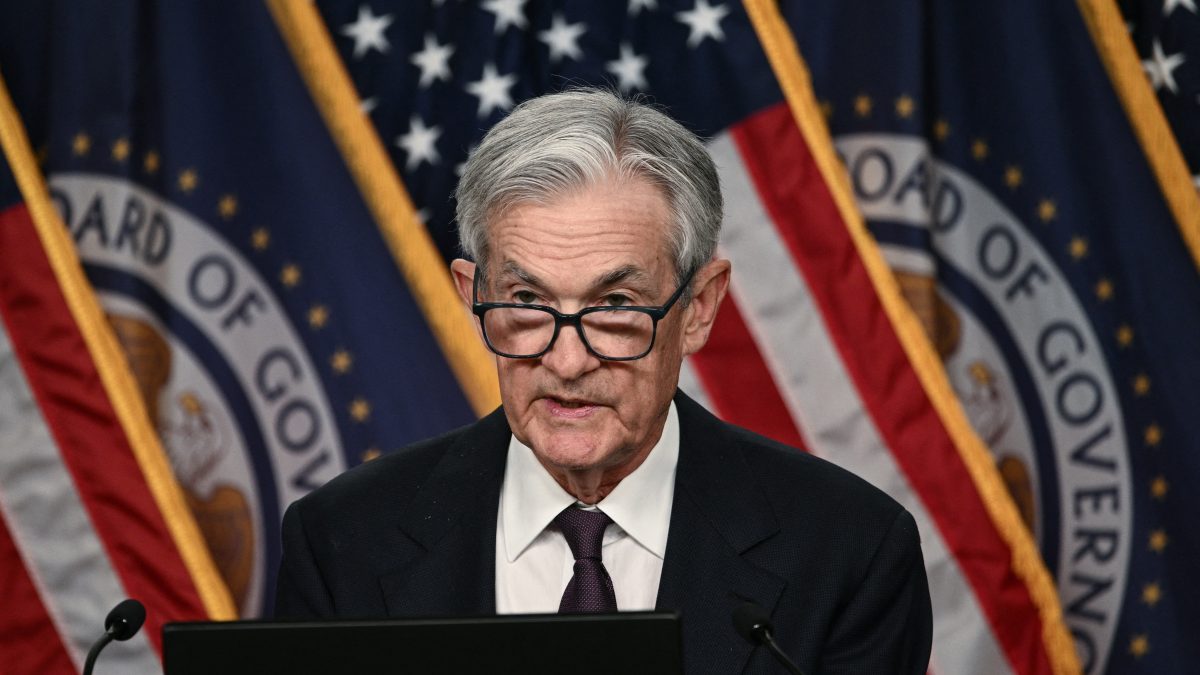Donald Trump has been elected the 47th President of the United States.
Trump has become just the second man to win non-consecutive terms after Grover Cleveland.
Perhaps even more impressively, Trump looks set to become the first Republican to win the popular vote in two decades.
“Thank you very much. Winning the popular vote was very nice, very nice, I will tell you," Trump said.
But what is the popular vote? How did things work in Trump’s favour? And who won it 20 years ago?
Let’s take a closer look:
What is the popular vote?
First, let’s briefly look at the Electoral College.
The United States relies on the Electoral College – a relic from its Constitution – to elect the president.
To become president, a candidate must cross the magic mark of 270 Electoral Votes out of an available 538.
Trump did this by clinching the swing state of Wisconsin with its 10 Electoral Votes.
**_Catch all updates on US presidential election in our live coverage here_**On the other hand, you have the popular vote.
This refers to the number of Americans who vote across all 50 states.
However, the winner of the popular vote nationwide does not necessarily win the presidency.
This is because Americans don’t actually vote directly for the president.
“When American voters go to the polling place on Election Day, they aren’t voting for a specific candidate,” Harvard Kennedy School explained to NBC. “Instead, they’re voting for a group of electors who have pledged to support their candidate of choice. Generally, these electors are picked by state parties. They tend to be individuals who are active in their party, such as elected officials and political activists.”
Impact Shorts
More ShortsDemocrats’ constant victories in popular vote
In the past 20 years, the Democratic have consistently won the popular vote over the Republicans.
In 2020, Joe Biden beat Trump by 4.5 per cent in the popular vote.
Biden won 81 million votes, while Trump netted 74 million votes.
Meanwhile, Biden got 306 Electoral College votes, while Trump got 232 Electoral Votes.
Trump at the time took over the unwanted distinction from Clinton of becoming the losing candidate who received the most popular votes in history.
In 2016, Hillary beat Trump in the popular vote by over two percentage points.
Clinton got 65 million votes, while Trump received 62 million votes.
However, Clinton lost the presidency to Trump , receiving just 232 Electoral Votes compared to 304 Electoral Votes for the then Republican candidate.
In 2012, Barack Obama received around 66 million popular votes, while his opponent Romney got around 61 million votes across America.
Obama received 332 Electoral Votes, while Romney got 206 Electoral Votes.
In 2008, Obama received 69.5 million votes compared to 59 million popular votes for his opponent John McCain.
Obama got 365 Electoral Votes compared to McCain’s 173 Electoral Votes.
George W Bush was the last Republican to win the popular vote in 2004.
Bush secured 62 million votes compared to his Democratic opponent John Kerry who won 59 million votes.
Bush, the incumbent, received 286 Electoral Votes, while Kerry got 251 Electoral Votes.
Prior to that, the Republicans last won the popular vote all the way back in 1988.
This was when George HW Bush defeated Michael Dukakis.
How did Trump pull it off?
The vote count is still under way, but according to AP, the vote tally for the popular vote stands at 51 percent votes for Trump and 47.5 percent for Harris.
Out of the swing states, AP has projected a Trump win in North Carolina, Georgia, Pennsylvania and Wisconsin. Alaska, Arizona, Maine, Michigan and Nevada are yet to be called.
Republican efforts to appeal to Black and Latino voters appear to have paid off.
White women again seem to have gone for Trump.
According to Politico, Trump has improved his margins over 130 counties in the ‘Blue Wall’ counties that have reported full or nearly full results.
The average shift to Trump has been 1.3 per cent among all these counties.
Harris also underperformed relative to Biden in 2020.
CNN displayed a map showing that Harris did not outperform the incumbent president in a single county across the country.
With inputs from agencies
Get all the latest updates of US Elections 2024


)

)
)
)
)
)
)
)
)



